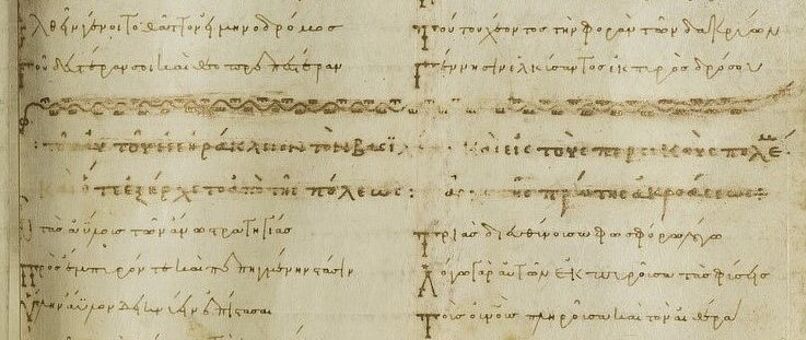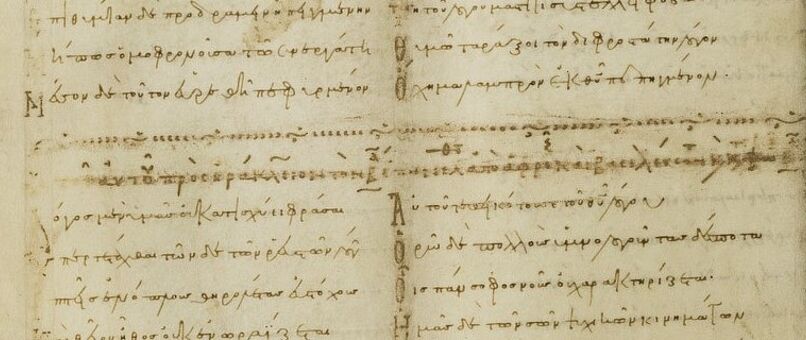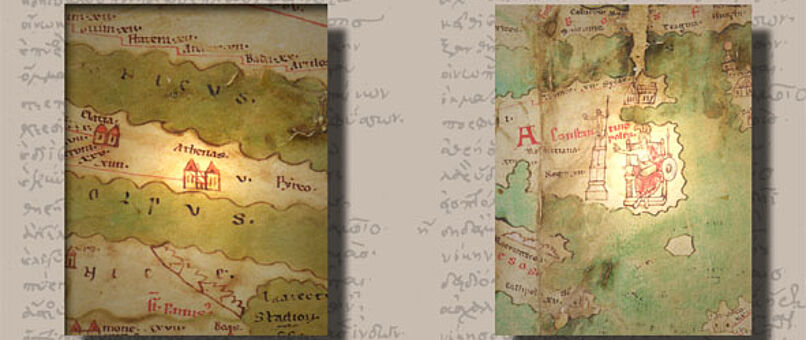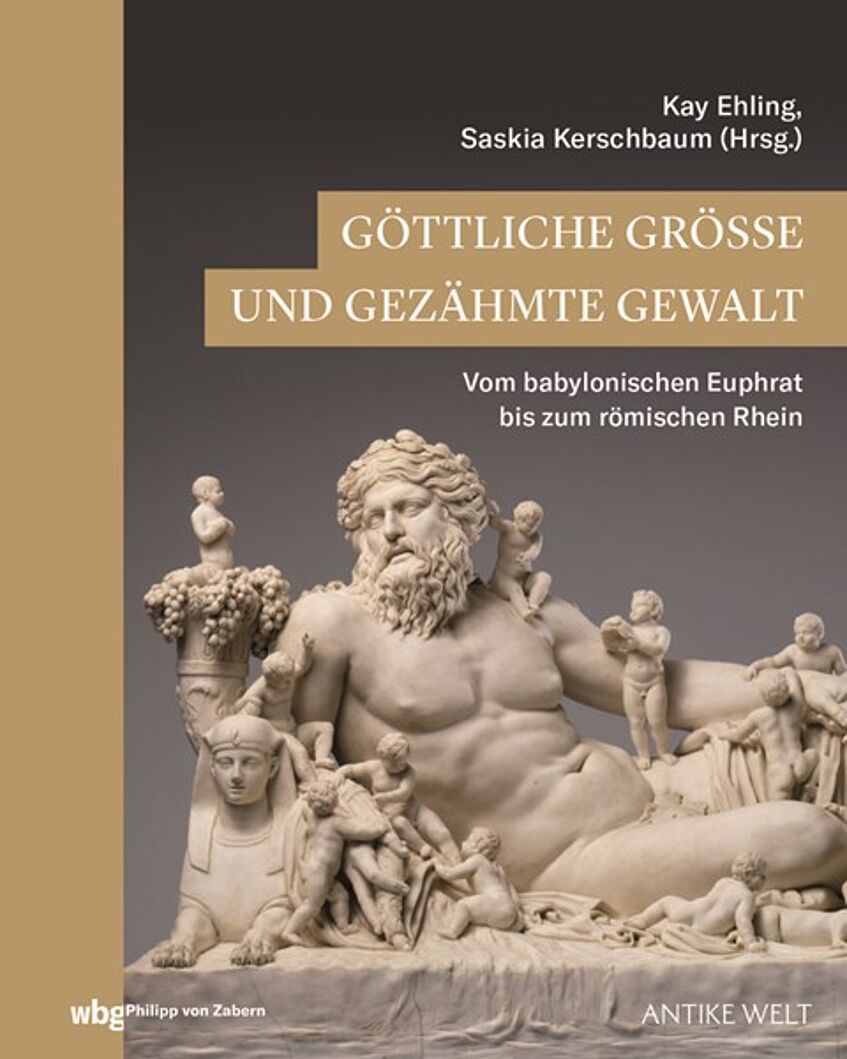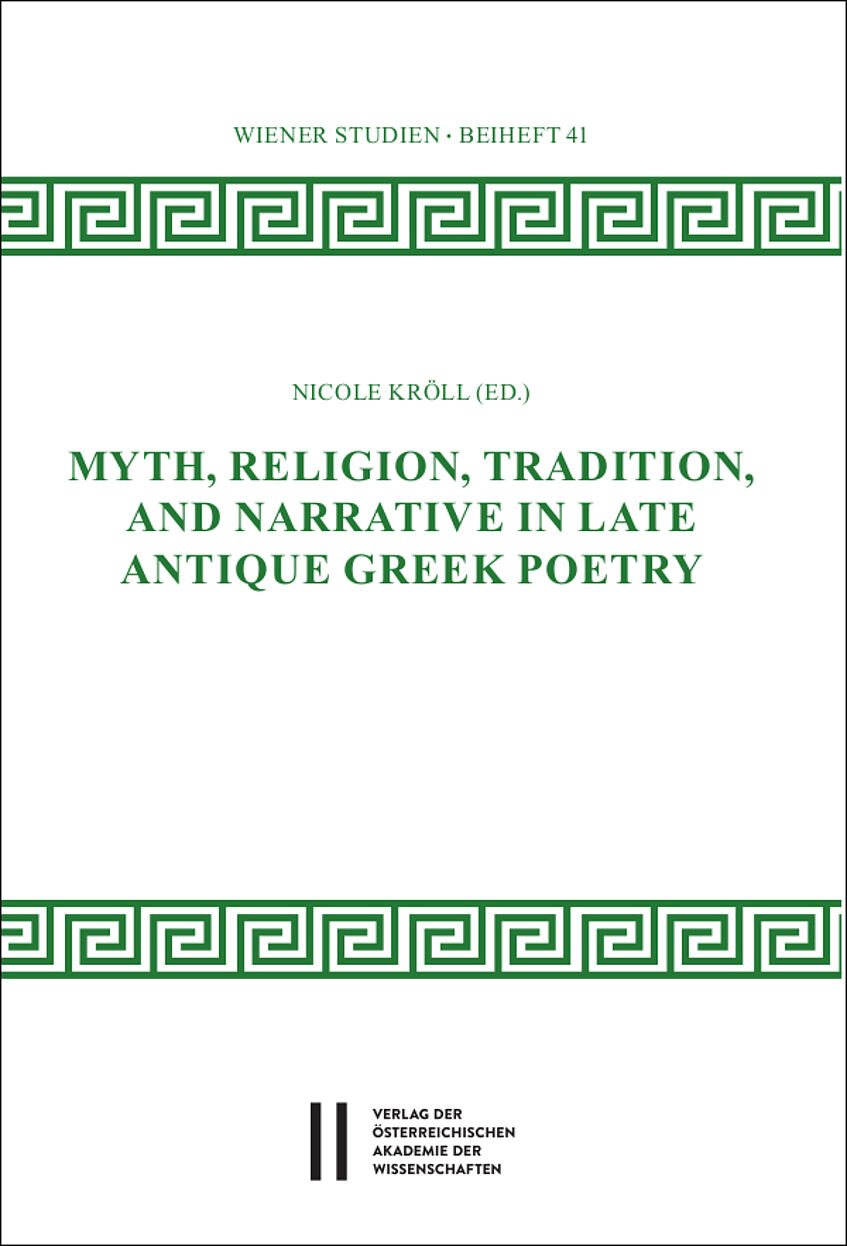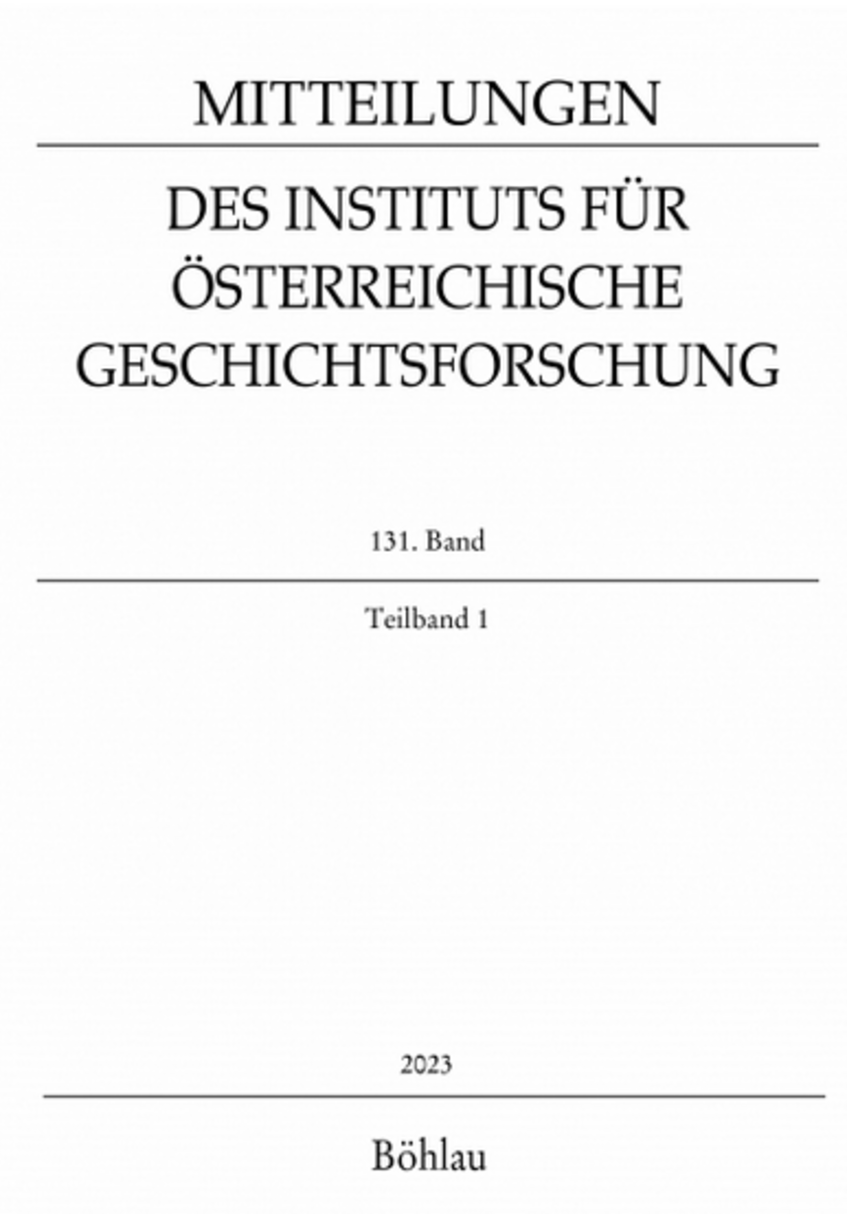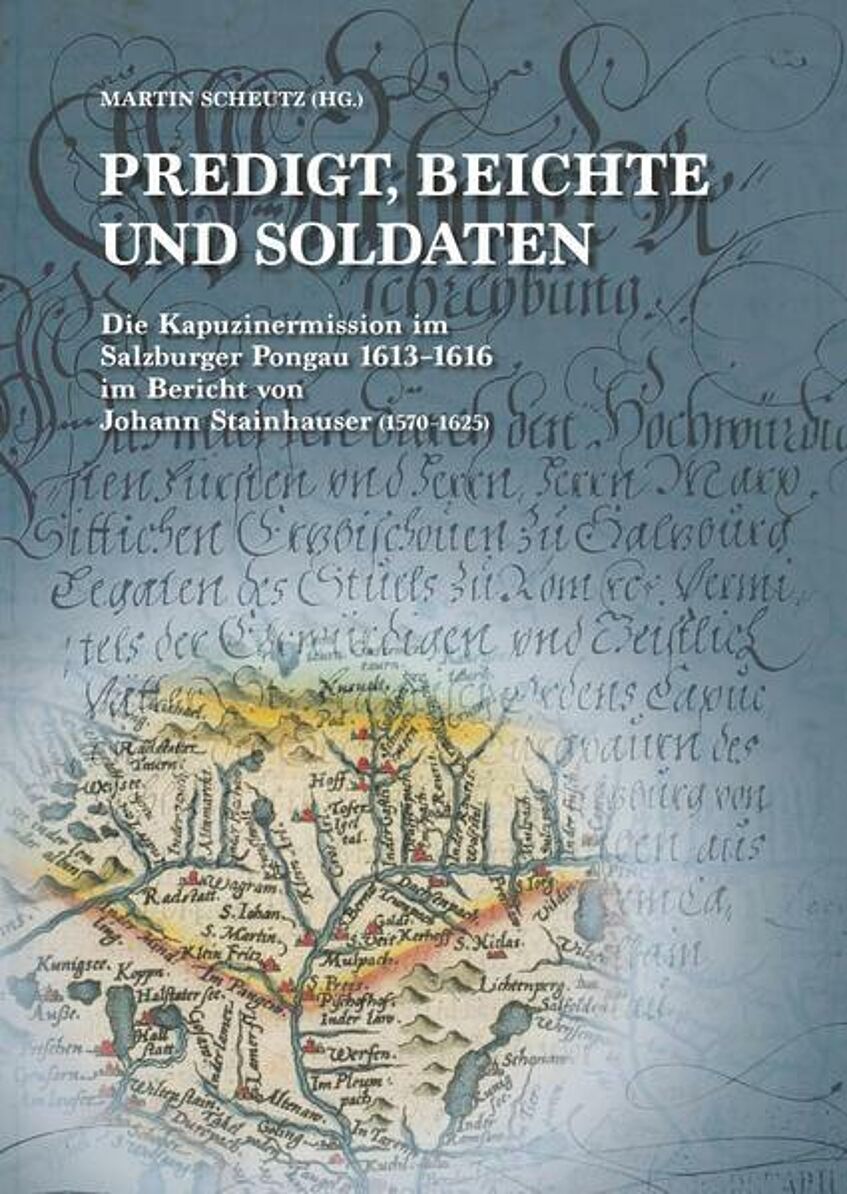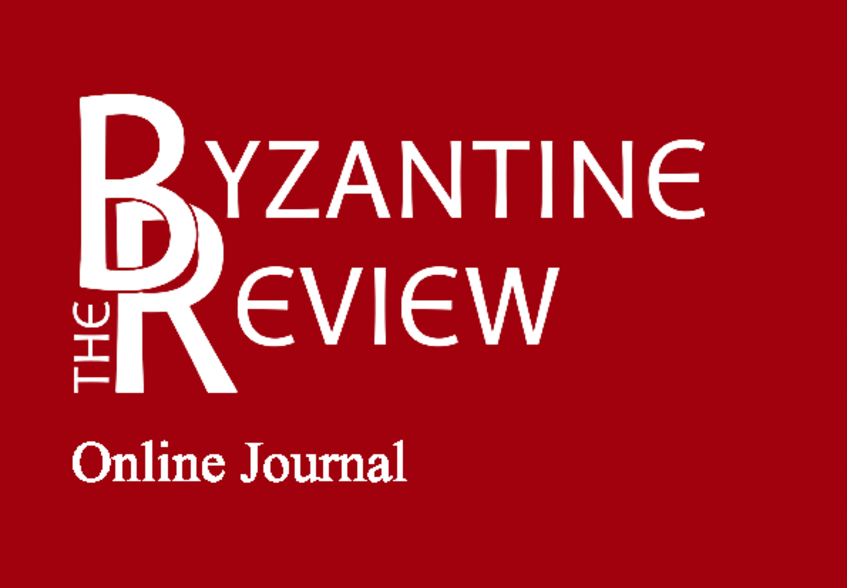Narrative Strategies in the Poetry of George of Pisidia
Mag. Dr. Nicole Kröll, BA
Elise Richter Project V-803
Funded by the Austrian Science Fund (FWF)
https://m.pf.fwf.ac.at/de/wissenschaft-konkret/im-fokus-firnbergrichter/richter-liste/2020/197695
The research project Narrative Strategies in the Poetry of George of Pisidia (Elise Richter Project V-803) addresses the use of different poetic text forms and rhetorical strategies that George of Pisidia (approximately 580 to 630 AD) applies in his panegyric poems on the Byzantine emperor Heraclius (reigned 610 to 641 AD).
The poems will be read against the background of the literary models of antiquity and examined in their structure and function. The aim of the project is to gain a deeper understanding of the language, style and composition of Greek poetry at the transition from antiquity to the Middle Ages. Since George of Pisidia has, so far, received rather little attention in both classical and Byzantine studies, the project aims to fill a gap in this field of research.
List od publications - Nicole Kröll
File size: 174 kB
Recent publications by the project leader
Zeitschriftenbeitrag
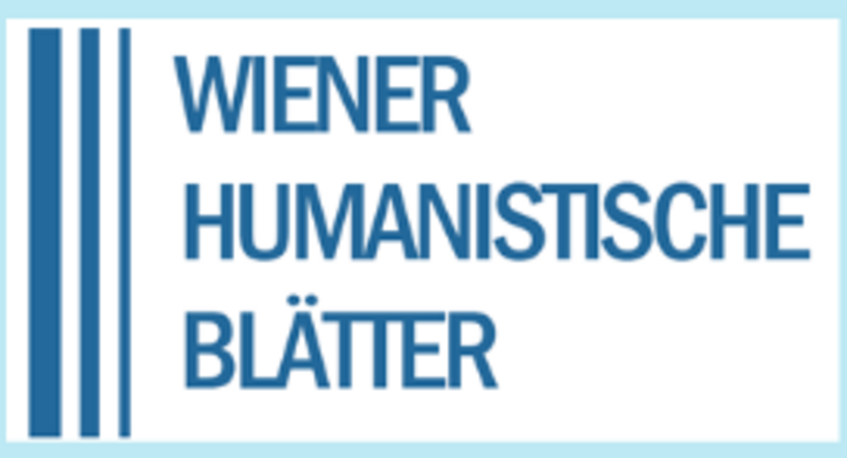
Zeitschriftenbeitrag
Kröll, Nicole, "Bild der Erde, Abbild des Himmels. Die Stadt Tyros in den Dionysiaka des Nonnos von Panopolis".
Wiener Humanistische Blätter 64 (2023), 7-29.
The paper examines the poetic techniques of describing the city of Tyre within the multifaceted narrative of Nonnus' Dionysiaca. What role does the city episode play within the narrative of the wine god? What is the significance of the religious roots of the city, namely the cult of Melqart-Heracles, in the Nonnian epic written around the middle of the 5th century CE by a presumably Christian author? The Tyre episode is explured within the narrative richness of the Nonnian oeuvre and within the context of late antique pagan and Christian identities and thus is located within Hellenic culture in the Near East.
Paper in collected volume
Paper in collected volume
Kröll, Nicole. "Shape Shifting Athena? On the Transformation of Homeric Characters in Nonnus' Dionysiaca".
in: Berenice Verhelst (ed.), Nonnus of Panopolis in Context IV: Poetry at the Crossroads (Leuven: Peeters Publishing 2022, Orientalia Lovaniensia Analecta 314. Bibliothèque de Byzantion 29), 77-102.
Abstract:
The contribution seeks to answer the question whether Nonnus sketches the characters who appear already in Iliad and Odyssey as a Homeric blueprint or rather transforms them into Dionysian shape-shifters in order to meet the special requirements of his own narrative code. Therefore, Athena’s character traits will be dealt with, which can be traced both on the level of the narration realised by the narrator himself and on the secondary level of character speech.
Contribution in collected volume
Contribution in collected volume
Kröll, Nicole, "Flüsse in den Dionysiaka des Nonnos von Panopolis".
In: Kay Ehling - Saskia Kerschbaum, eds., Göttliche Größe und gezähmte Gewalt. Flüsse vom babylonischen Euphrat bis zum römischen Rhein, Darmstadt: Wissenschaftliche Buchgesellschaft 2022 (Zaberns Bildbände zur Archäologie, Sonderbände der Antiken Welt), 79-85.
In his Dionysiaca, a 48-book Greek epic, Nonnos of Panopolis narrates the birth and life of the wine god Dionysus. Several rivers and streams of the eastern Mediterranean and of the Middle East play a vital role for the narration of this comprehensive epic.
ISBN 978-3-8053-5341-0
Journal Article
Kröll, Nicole, "Introduction" to the Cluster on George of Pisidia
Overview on the poetry of George of Pisidia, current state of research and introduction to the cluster contributions:
Nicole KRÖLL, Introduction
Alice COSME, “Ποίαν γλώττης οὐκ ἐκίνησεν λύραν;” Poetic Style and Diction in the Bellum Avaricum of George of Pisidia
Anna Maria TARAGNA, Leo Choirosphaktes, Reader of George of Pisidia. Notes on the Language and Style of the So-Called Thousand-Line Theology
Nadine VIERMANN, Merging Supreme Commander and Holy Man. George of Pisidia’s Poetic Response to Heraclius’ Military Campaigns
Mary WHITBY, The Patriarch Sergius and the Theotokos
Sammelband
Sammelband
Kröll, Nicole, ed. Myth, Religion, Tradition, and Narrative in Late Antique Greek Poetry (Wien 2020, Wiener Studien Beihefte 41), 240 S., broschiert.
ISBN 978-3-7001-8584-0 (print)
ISBN 978-3-7001-8814-8 (digital)
doi:10.1553/0x003bd7ee
www.austriaca.at/8584-0
The volume shows the manifold themes of Greek poetry in Late Antiquity. Pagan and Christian concepts merge in the works of Nonnus of Panopolis and in the “Ekphrasis” of John of Gaza, the poems of George of Pisidia are read against the background of late antique philosophy and the autobiographies of Gregory of Nazianzus as literary forms of expression. The ekphrastic narrative techniques of Quintus Smyrnaeus and the composition of characters in Colluthus are analyzed, and Lycophron is proved as another source of Nonnus’ “Dionysiaka”. The contributions also deal with mythological characters, cyclopes and elephants, and late antique epigrammatic poetry is contextualized in the cultural and literary environment of the time.
Contributors: Domenico Accorinti, Herbert Bannert, Ursula Gärtner, Marcelina Gilka, David Hernández de la Fuente, Nicole Kröll, Delphine Lauritzen, Frederick Lauritzen, Arianna Magnolo, Andreas Rhoby, Jan R. Stenger, Mary Whitby.
Journal article
Anales de filología clásica (Buenos Aires): La narración en Bizancio. Perspectivas narratológicas sincrónicas y diacrónicas
Journal article
Kröll, Nicole, “Constructing Order through Narration: Narrator and Narratees in George of Pisidia’s Bellum Avaricum”, Anales de Filología Clásica 33.2 (2020), 75–86.
doi: 10.34096/afc.i33.10017
revistascientificas.filo.uba.ar/index.php/afc/article/view/10017/8772
The object of the paper is to analyse the roles of the narrator and the narratees in George of Pisidia’s Bellum Avaricum. The article puts forth the hypothesis that through the hierarchic relationship of narrator and narratees, the poet aims at mirroring the ideal form of kingship under the Christian emperor Heraclius (reg. 610-641 C.E.) both on a secular and spiritual level.
Journal Article
Journal Article
Kröll, Nicole, "Visitationsprotokolle im Kontext frühneuzeitlicher Konfessionalisierungsprozesse. Die bischöfliche Visitation des Jahres 1582 in Pfarren im Wiener Umland".
In: Mitteilungen des Instituts für Österreichische Geschichtsforschung 131 (2023), 58-80.
This article discusses the protocol that was compiled during the canonical visitation conducted in rural parishes in the diocese of Vienna in the year 1582.
Abstract:
Contribution in collected volume
Contribution in collected volume
Kröll, Nicole, "Der Segen des Landes - die Pongauer Bergknappen im Spiegel der Chronik des Johann Stainhauser".
In: Martin Scheutz (ed.), Predigt, Beichte und Soldaten. Die Kapuzinermission im Salzburger Pongau 1613-1616 im Bericht von Johann Stainhauser (1570-1625) (Salzburg 2021, Salzburg Studien 22), 137-179.
This article deals with the Protestant miners in Salzburg's Gastein Valley as they are depicted in Johann Stainhauser's chronicle dating in the year of 1618. The source text bears witness to the confessionalisation processes undertaken under Prince-Archbishop Marcus Sitticus in Salzburg at the beginning of the 17th century. The miners appear as a distinctive social group who engages actively in the Lutheran Reformation.
The article also gives an overview of the history of mining in the Gastein Valley and places it in the context of early modern confessionalisation in the province of Salzburg.
ISBN 978-3-902582-13-3
Journal Article
Journal Article
Kröll, Nicole, "Der Wiener Hausbesitz der Abensberg-Traun im 17. und 18. Jahrhundert", Studien zur Wiener Geschichte - Jahrbuch des Vereins für Geschichte der Stadt Wien 77 (2021), 25–56.
https://www.geschichte-wien.at/publikation/jahrbuch-2021/
This article discusses the house property of the aristocratic family of the Abensberg-Traun in the in the imperial city of Vienna in the 17th and 18th centuries.

